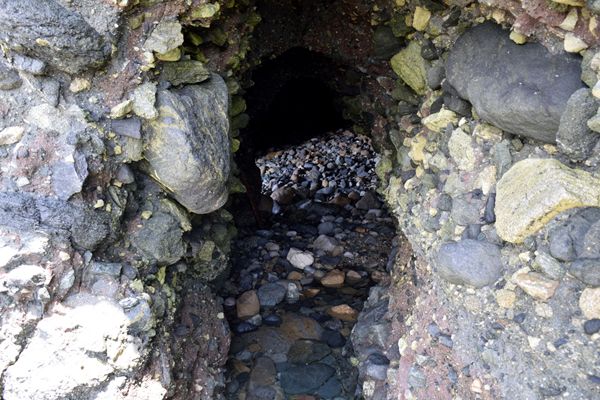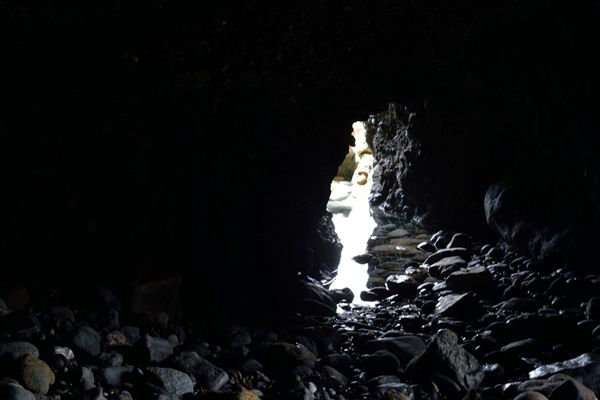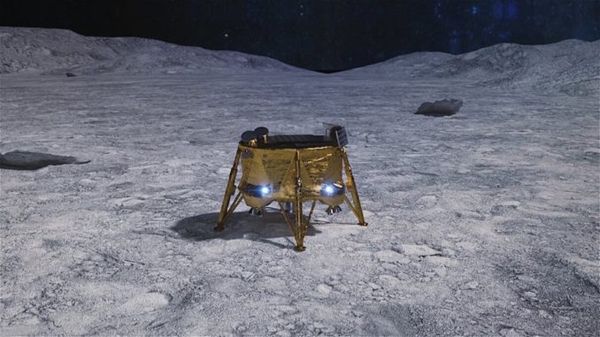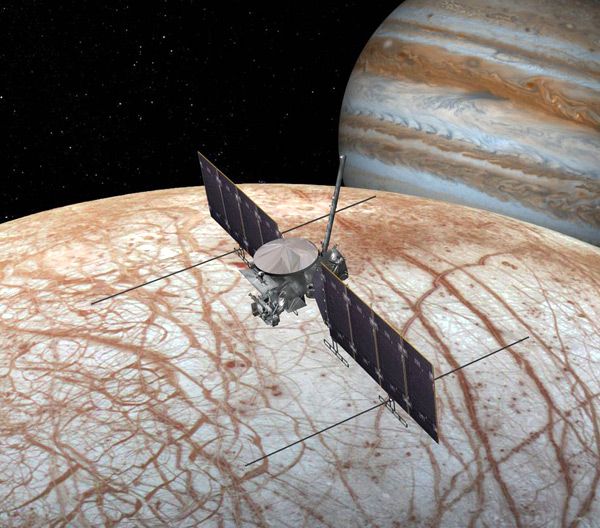 "Oh my God. This is terrible. This is the end of my Presidency. I'm fucked."
"Oh my God. This is terrible. This is the end of my Presidency. I'm fucked."
- Donald J. Trump
****
Here are 'some' takeaways from the Special Counsel's document, which is 448 pages-long:
- Contrary to what Attorney General William Barr stated in his 4-page summary of the Mueller Report a few weeks ago, the report
explicitly states that the Russia investigation did not clear Donald Trump.
- There were 10 episodes of obstruction by Trump according to the report.
- The Special Counsel sought to interview Trump for over a year
(since December 2017), but he refused to do so voluntarily.
- Russia interfered with the 2016 presidential election through two operations:
1.) A Russian entity who created a social media campaign that favored Trump and "disparaged" his presidential rival Hillary Clinton. And
2.) A Russian intelligence service that hacked into computers used by members of the Democratic National Committee and the Clinton Campaign.
-
An example of the previous note: The Internet Research Agency, a team of Russian operatives, congratulated Trump when he tweeted about an event in Miami, Florida.
- On November 9, 2016
(the day after the presidential election), someone wrote to the head of Russia's sovereign wealth fund, Kirill Dmitriev, that
"Putin has won." The person who wrote this is unknown because their name is redacted.
- Erik Prince, the former CEO of Blackwater
(an American private military company) and the brother of Education Secretary Betsy DeVos, financed efforts to obtain Hillary Clinton's deleted e-mails.
- Though phone provider records show that former White House advisor Steve Bannon and Erik Prince "exchanged dozens" of text messages around the time of a secret meeting in the Seychelles islands
(around January 11, 2017), there were no messages available for investigators to read on their phones. Both men said they didn't know why that was.
- Former National Security Adviser, Michael Flynn, lied to FBI Agents—as well as Trump Administration officials themselves—about his contact with Sergey Kislyak, a Russian ambassador.
- Michael Flynn reached out to the late Peter Smith, a GOP activist and fundraiser, to help in the search for Clinton's e-mails.
- Sections discussing the Trump campaign's communications with Wikileaks are heavily redacted in the report.
- The report indicates that Ivanka Trump and Eric Trump were also at the Trump Tower meeting on June 9, 2016.
- Former White House Communications Director Hope Hicks wanted to disclose that the Russians had offered Donald Trump Jr. information helpful to the Trump Campaign. But the president nixed that idea...directly ordering Hicks to release a statement that falsified the true intent of the Trump Tower meeting.
- Donald Trump Jr. wasn't indicted by the Special Counsel because he supposedly
wasn't smart enough (to put it politely) to collude.
- On June 17, 2017, Trump asked then-White House counsel Don McGahn to fire Robert Mueller, which McGahn refused to do.
- The report claims that Russia's GRU intelligence agency compromised an unnamed Florida county in 2016—baffling Florida officials, who never heard of such a thing.
- Trump lied to the public about telling McGahn to fire Mueller once it was reported by the media.
- Trump didn't succeed in committing obstruction because the officials he ordered to do it
(such as McGahn and then-White House chief of staff Reince Priebus) refused to carry out his requests.
- Trump ordered his former campaign manager Corey Lewandowski to ask former attorney general Jeff Sessions to comment that the Russia investigation was "very unfair."
- At the direction of Trump, Don McGahn and other aides made extensive and repeated attempts to prevent Jeff Sessions from recusing himself from the Russia investigation.
- Trump publicly floated pardons for former campaign chairman Paul Manafort and former attorney Michael Cohen—both already indicted by Mueller—to deter them from cooperating with the Special Counsel.
- Trump and Michael Cohen continued to work on the Trump Tower Moscow deal while actively deceiving the American public as to whether Trump had business ties in Russia. He knowingly lied to the public while his former attorney worked with people who supposedly thought that the hotel and election were entwined.
- White House press secretary Sarah Huckabee Sanders admitted to the Special Counsel that she lied to the press about the nature of FBI director James Comey's firing.
- On Page 157 of the report, it is stated that Trump tried to exert "undue influence over law enforcement investigations"...by carrying out "one-on-one meetings in which
(Trump) sought to use his official power outside of usual channels."
- Mueller says that Trump's power means that his public comments
(re: his tweets) could be considered obstruction.
- Mueller concluded that the U.S. Constitution does not shield Trump from obstruction of justice charges.
- Mueller declined to indict Trump because the Office of Legal Counsel, which provides legal advice to the executive branch, claimed that the Special Counsel could not.
- The Special Counsel "declined" several prosecutions due to a number of individuals making the investigation difficult for Mueller's office.
- The Mueller Report conveys that criminal allegations against a sitting president should be considered by Congress, not the Department of Justice.
- There is sufficient evidence that Trump obstructed justice to merit impeachment hearings.
And lastly:
- The Mueller Report is essentially a roadmap for Congress to hold impeachment proceedings against Trump.
An impeachment trial begins in the House of Representatives, which is controlled by the Democrats...
(Unfortunately, Trump probably wouldn't be convicted by the Senate since it's controlled by GOP lackwit Mitch McConnell, and filled with complicit Republican senators like Lindsey Graham.)
So in other words, William Barr is
sooo full of crap. You can read the entire Mueller Report
HERE. That is all.
















































